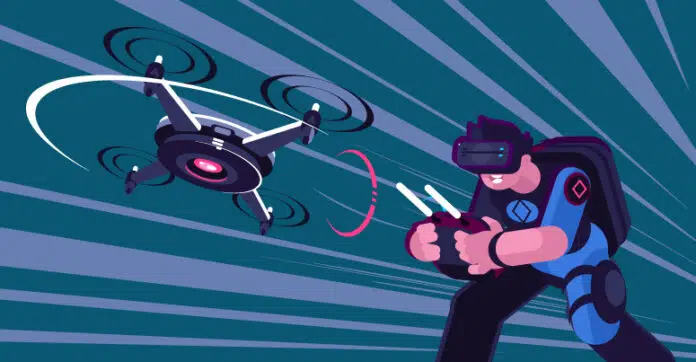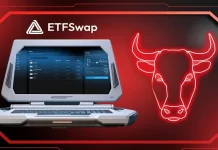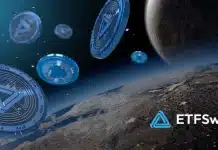
The Drone Racing League Xmas Day 2021 contest featured twelve professional drone pilots. The 12 participants, all males between the ages of 18 & 30, flew their drones to Memphis, Tennessee’s FedExForum. The occasion was live-streamed on Twitter by twenty million fans and witnessed by several more on NBC, which owns the television rights to the DRL, which is now in its 6th season.
The Drone Racing League’s “tech-powered” segment is also shifting to cryptocurrency. DRL recently signed a partnership with Playground Labs, a blockchain technology, multiverse, and New York-based web3 game designer. Playground Labs & DRL will collaborate to create a virtual view of the Drone Racing League on Algorand, an open-sourced blockchain.
ALGO, the crypto needed in using Algorand, maintains its market cap of 11.1 billion dollars.
The new game that could bring DRL to an arising edition of the VR internet recognized as the metaverse is being partly funded by Hivemind Capital Partners, a New York-based 1.5-hr cryptocurrency investment fund that began in November 2021 by Matt Zhang, an ex-Citi executive on Wall Street.
The aim is to attract new supporters by offering play-to-win rewards like NFTs, which can be utilized in-game or marketed in marketplaces outside the game.
In the particular instance of DRL’s drone race gaming on Algorand’s blockchain technology, the cryptocurrency assets used to compete could conceivably be transferred out from the game via the multiverse or swapped for cryptos, including its own ALGO token, on supplementary markets.
Algorand, like its rivals Solana & Cardano, aims to substitute Ethereum as the primary blockchain residence for long-term decentralized apps, DeFi initiatives, and crypto-native game modes.
According to this Algorand price prediction, the token has the potential to reach $7.662 in the long term.
Algorand’s carbon footprint, or lack thereof, might be a big attraction for the Drone Racing League’s intended audience. It was developed from the ground to the top by using less energy than ETH during consensus. Because it operates like a proof-of-stake network, the blockchain contended to really be ‘carbon negative.’


